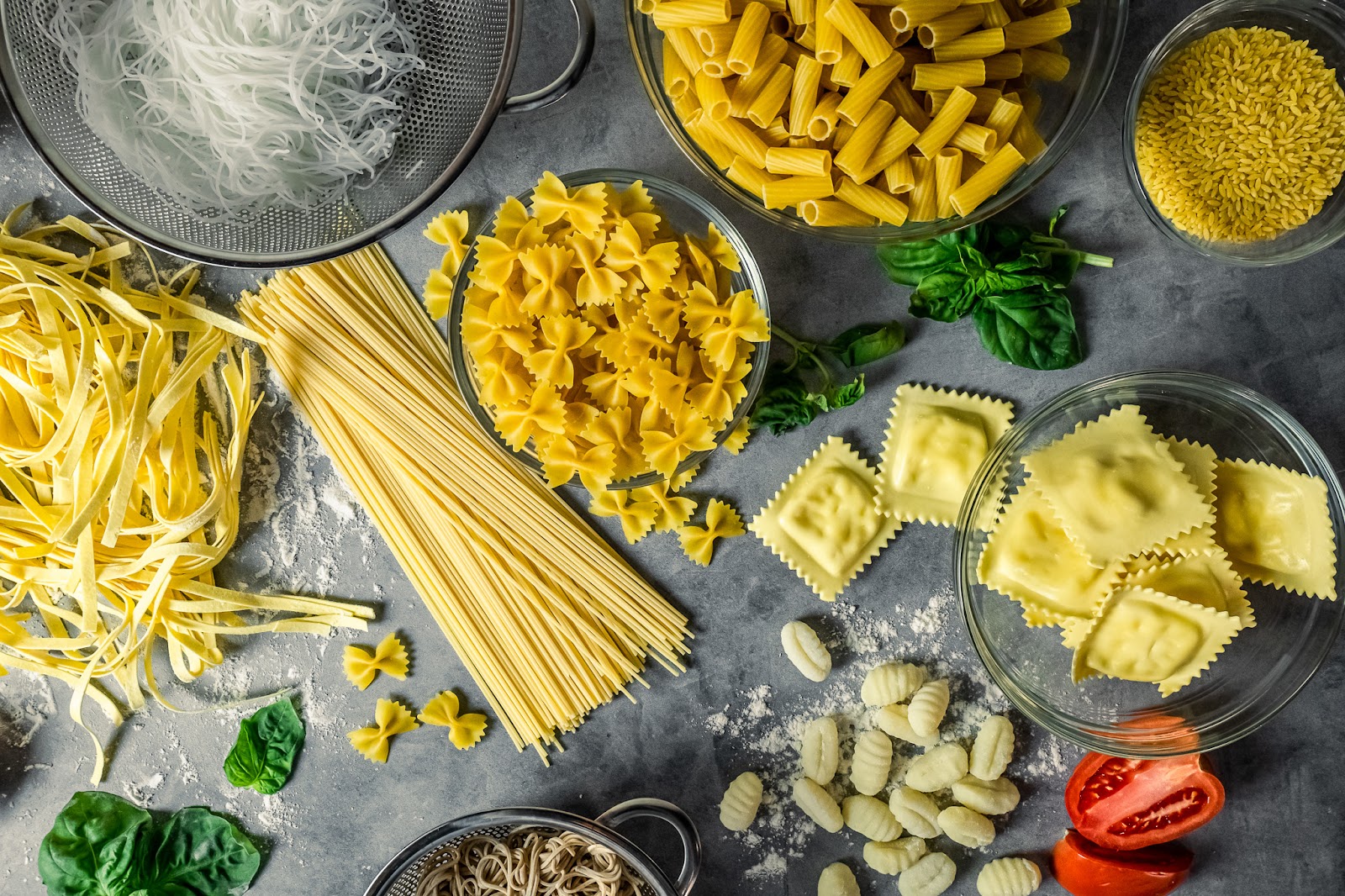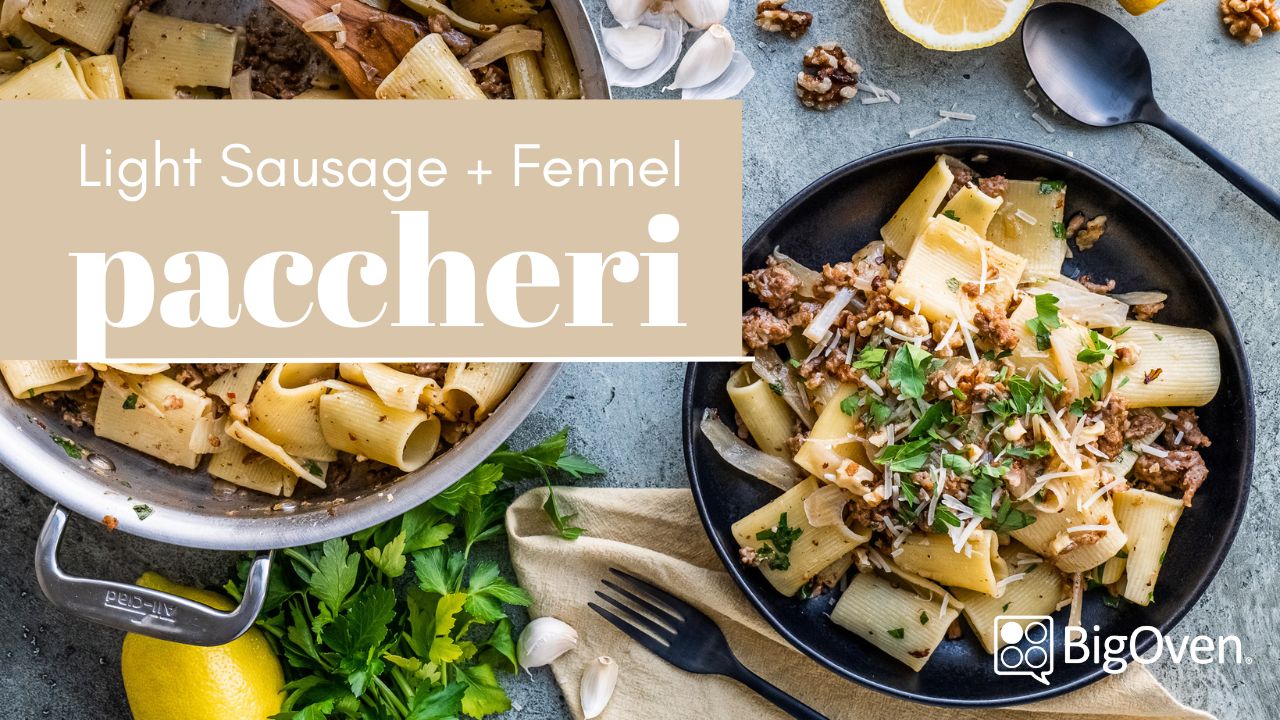A Guide to All Things Pasta, Shapes, Sauces
It is no secret that pasta is one of the most popular foods worldwide, and for a good reason! It's easy to make, versatile, and delicious. Whether you're a busy parent trying to whip up a quick dinner or a stay-at-home mom looking to impress your family, pasta is a great choice.
But with so many different types of pasta out there, it can be difficult to pick one for your next meal. If you're looking for something to serve your picky eaters or a quick and easy meal for busy weeknights, there's a type of pasta for everyone.
From spaghetti to fettuccine, we'll give you all the information you need to make delicious and satisfying pasta meals for your loved ones. So, let's dive in and discover the world of pasta together!
Why are there so many different pasta shapes?
Different pasta shapes have different textures, and the shape can affect how well the pasta holds onto the sauce. When choosing the right type of pasta for a meal, it's important to consider the ingredients, sauce, and overall texture and flavor you want to achieve. For example, lighter sauces work well with delicate pasta, such as angel hair or spaghetti, while hearty sauces pair well with larger, tube-shaped pasta, such as rigatoni or penne.
There are hundreds of pasta varieties around the world; Italy itself is said to have over 400 pasta varieties across its various regions!
Pasta Types and How to Use Them
Pasta comes in many shapes, sizes, and varieties, each with its unique texture and flavor. The best way to make the most of your pasta-eating experience is to learn about the different pasta types, sauces, and dishes they work best with. That way, you can choose the right pasta for your next recipe.
18 Types of Pasta

1. Spaghetti:
This is probably the most well-known type of pasta and is served with lighter sauce tomato sauces like marinara or olive oil-based sauces. Its long, thin strands are perfect for soaking up the sauce, making it a popular choice for a quick and easy dinner. Try our Crispy Spaghetti Bites for a unique take on the classic spaghetti favorite.
2. Penne:
Penne is a long 2-inch, tube-shaped pasta, with a diagonal cut on each end that is often used in pasta salads, casseroles, and baked pastas. This tube-shaped pasta holds chunky and meat-based sauces for a flavor-packed bite.
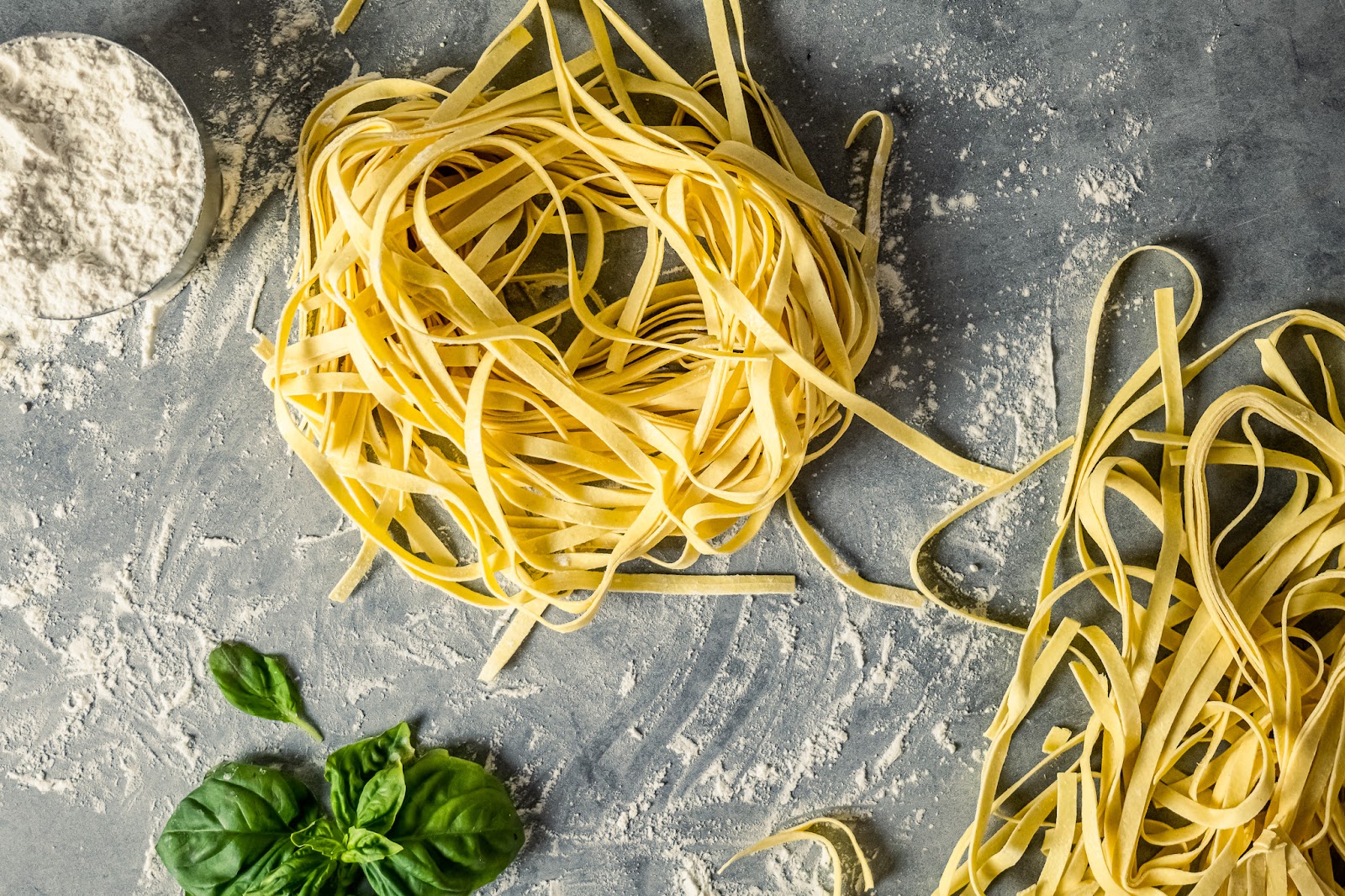
3. Fettuccine:
One of the most well-known types of pasta due to the classic fettuccine alfredo, this flat, ribbon-like egg pasta is best used with cream-based sauces. Its shape is similar to spaghetti but slightly wider, giving it the ability to hold thicker sauces better.

4. Macaroni:
This elbow-shaped pasta is commonly used in comfort food dishes, including mac and cheese, soups, and casseroles. Its small size makes it perfect for kids and its shape makes it ideal for holding onto thick, cheesy sauces.
5. Linguine:
Flat, ribbon-like pasta that is similar to fettuccine and is often served with seafood or with pesto or oil-based sauces.
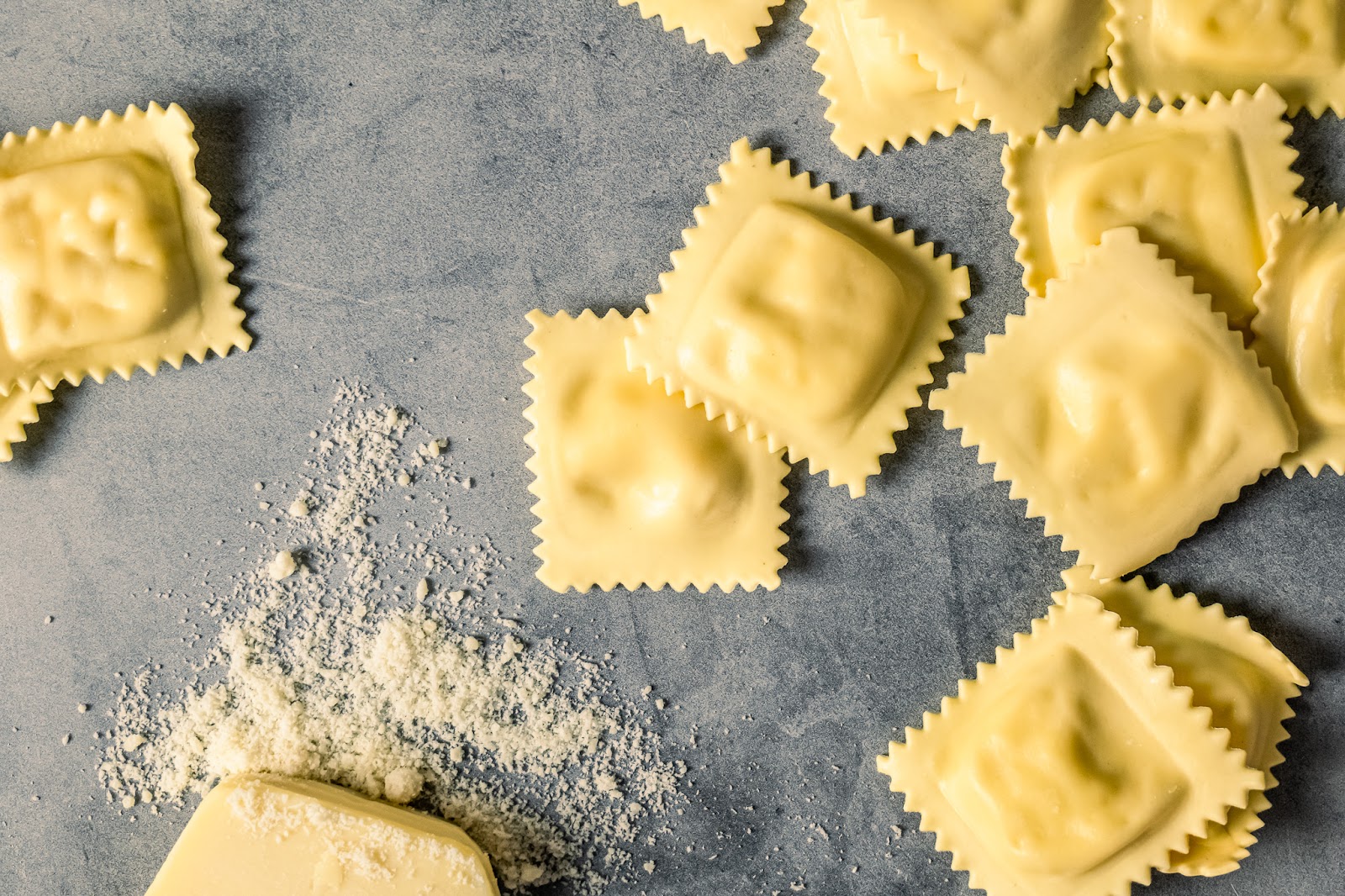
6. Ravioli:
Square or round pasta filled with various fillings, including cheese, meat, or vegetables. Ravioli pasta pairs well with sauces and soups.
7. Lasagna:
Wide, flat pasta sheets layered with sauce, cheese, and fillings to make the classic Italian dish, Lasagna. Lasagna pasta comes in both flat and curly ridges.
8. Angel Hair:
Thin, delicate strands of pasta that are best used with light sauces or in soup.
9. Bucatini:
Thick, hollow pasta that is similar to spaghetti but with a larger diameter. Ideal for hearty sauces and meat dishes.
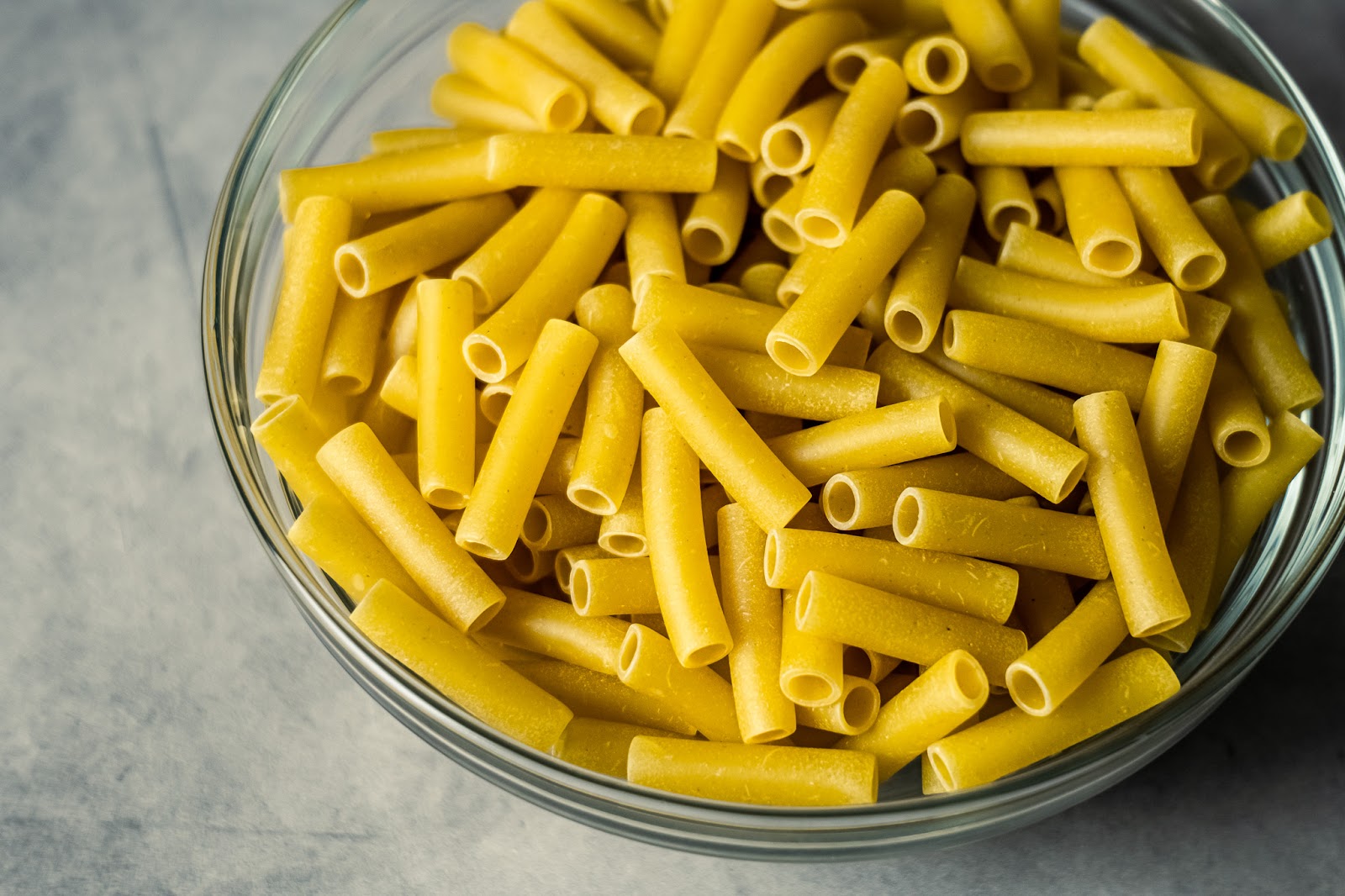
10. Ziti:
This large, tube-shaped pasta is often used in baked dishes like ziti casserole.
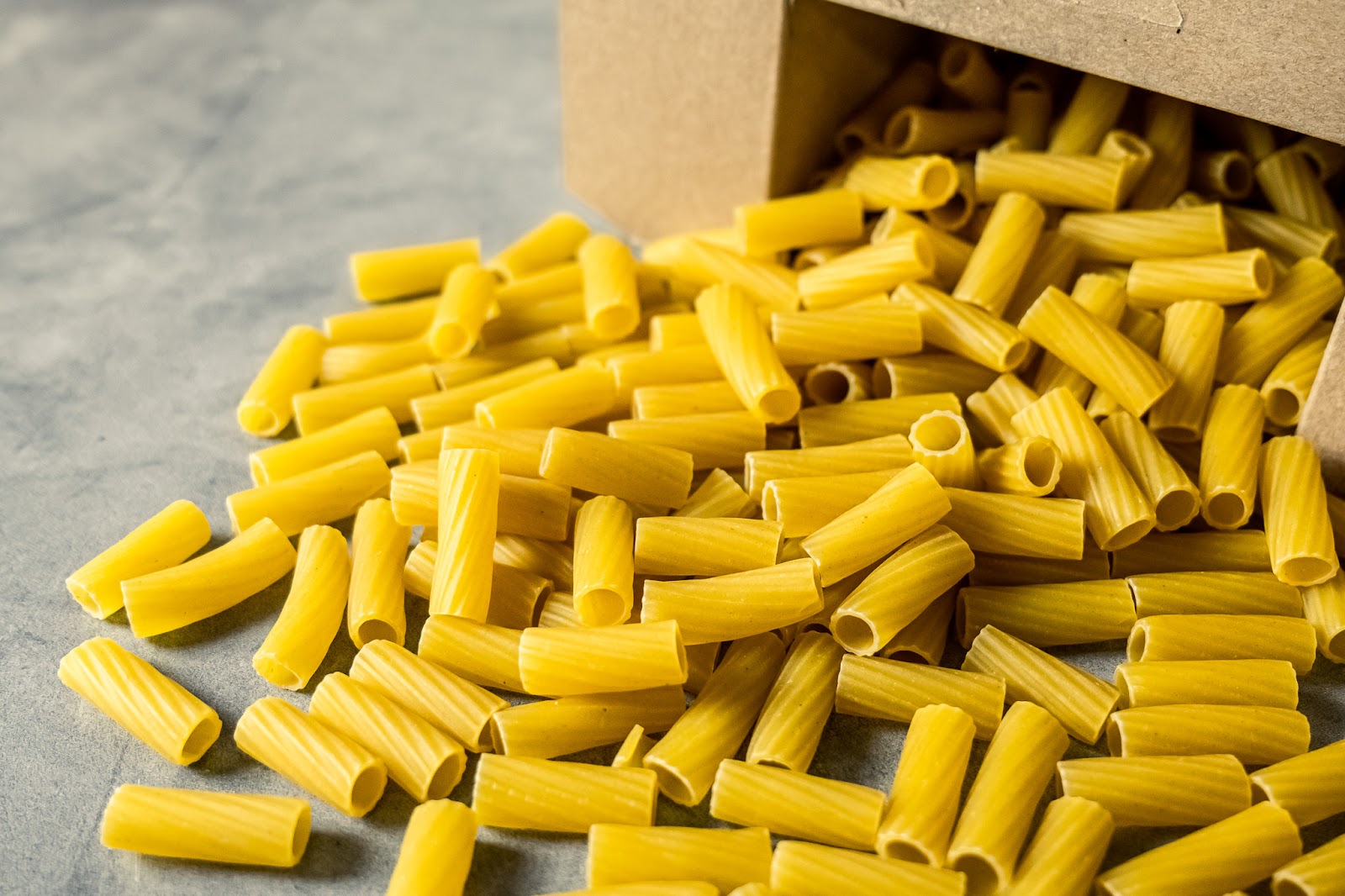
11. Rigatoni:
This large, tube-shaped pasta is similar to penne and is perfect for hearty sauces and meat-based dishes, such as a classic Bolognese. Its ridges make it great for holding onto the sauce, and its large size makes it a filling dish.
12. Pappardelle:
These wide and flat ribbons of egg pasta noodles are best used with thicker, heartier sauces like our classic Bolognese sauce.
13. Udon:
Thick, chewy wheat flour noodles that are commonly used in Asian stir-fry dishes and soups. Their neutral flavor and springy texture make them a favorite.

14. Soba:
Thin, buckwheat noodles that are also commonly used in Asian dishes and soups.
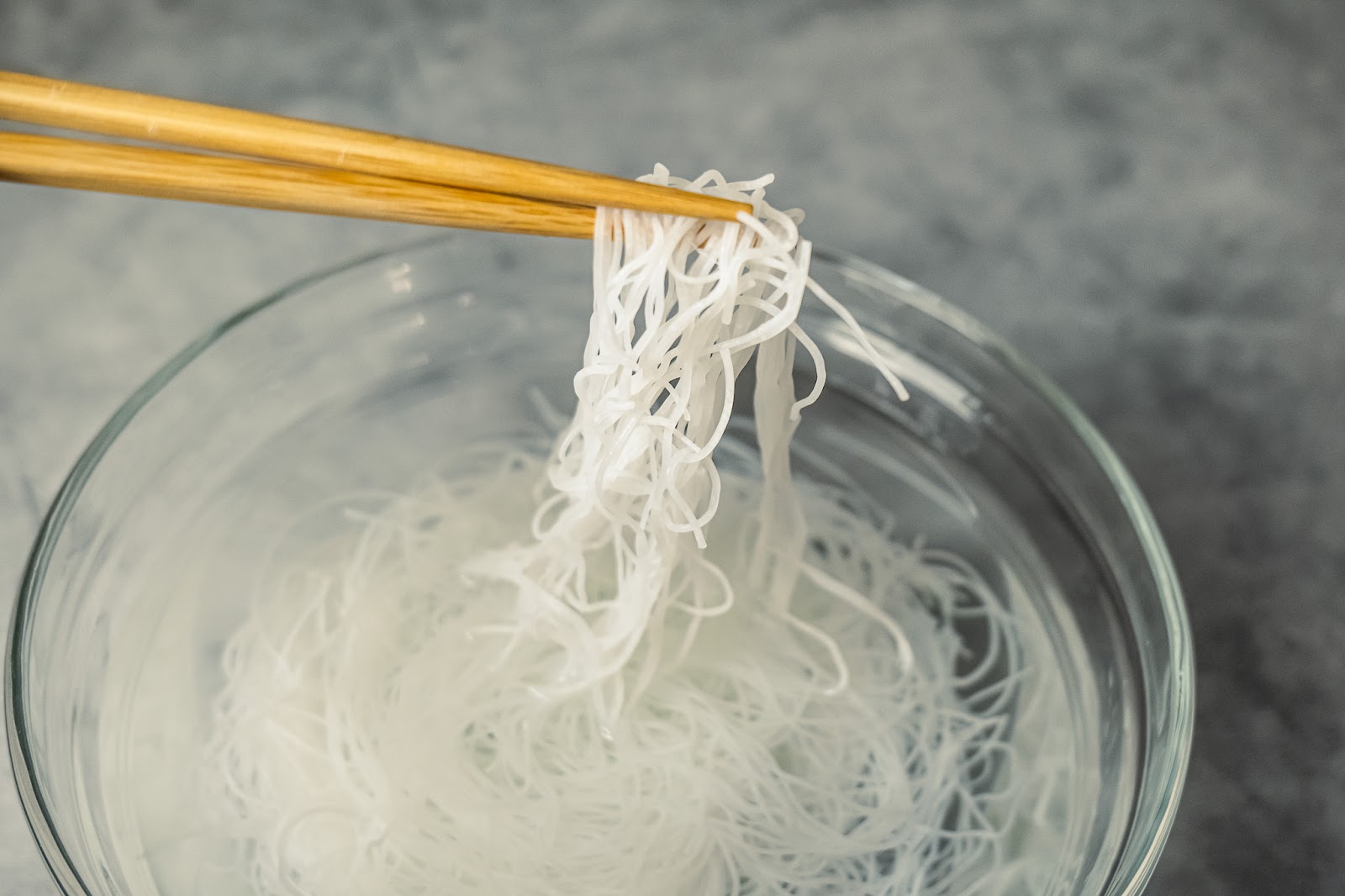
15. Vermicelli:
Also known as spaghettini, these thin, delicate noodles are often used in Asian dishes like stir-fry and soups. This pasta has a thicker consistency than angel hair pasta but is thinner than spaghetti.
16. Capellini:
Angel hair-like pasta that is even thinner than spaghetti and is best used with light sauces or in soup.
17. Orecchiette
Also loving called, little ears or small ears pasta, this pasta shape pairs well with simple tomato sauces. Its shape also makes it great to use with macaroni and cheese, holding onto that thick delicious sauces better than its cousins.
18. Cavatappi
Also known as corkscrew pasta due to it's shape, this pasta is traditionally used with tomato-based sauces and cheese like mozzarella.
Unique Pasta Shapes
Along with the more well-known pasta shapes, many unusual pasta types are worth exploring. Some examples include orzo, a small, rice-shaped pasta often used in soups and salads; farfalle, also known as bowtie pasta; and gnocchi, small potato dumplings that can be used as a substitute for pasta. Fusilli, a spiral-shaped pasta, pairs well with meat-based sauces.
Fusilli:
A spiral-shaped pasta that's best when served with a sauce. Fusilli can be used in soups and pasta salads, but it's most famous as an alternative to spaghetti or other long pasta.

Orzo:
Rice-shaped pasta that is often used in salads and soups (lemon chicken orzo soup), as well as in main dishes like rice pilaf.
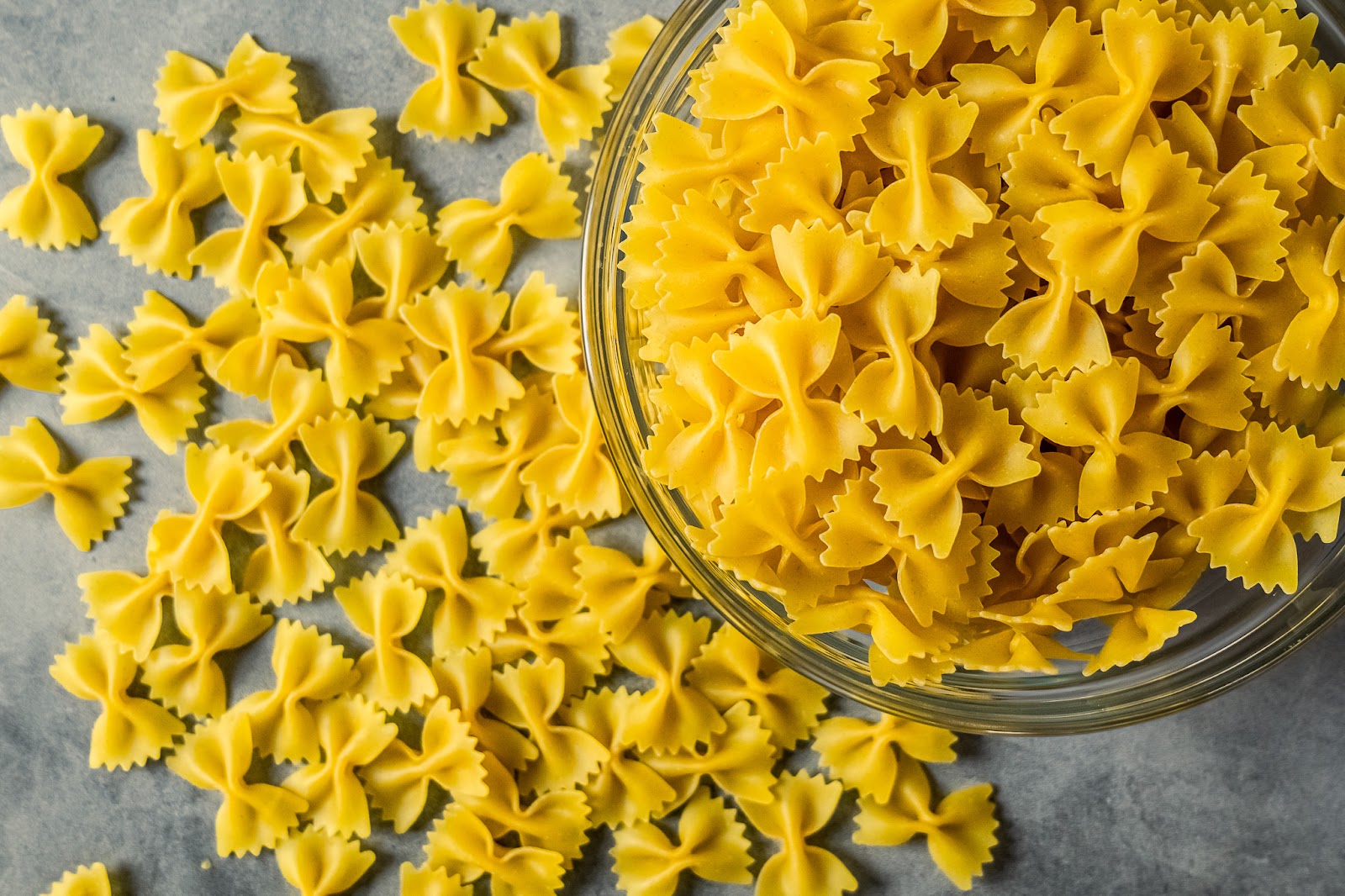 Farfalle
Farfalle
Also known as bowtie or butterfly pasta, its unique shape lends it the versatility to be used among a wide variety of sauces.
Lumache
Loving called snail pasta due to its snail-like shape, this ridged pasta is not actually made with snails. Its shape compliments well with hearty sauces like ragu or thinner sauces like spinach pesto.
Vegan & Gluten-free Pasta Alternatives
A large amount of packaged pastas available at grocery stores are vegan-friendly. Check the nutrition label to verify the ingredients as a few pasta varieties are made with eggs.
There are many alternative options for those with gluten sensitivities, such as rice, corn, and quinoa-based pasta. Additionally, many gluten-free pasta options are now available in stores, made with various flours including almond, chickpea, and lentil. Some popular alternatives include:
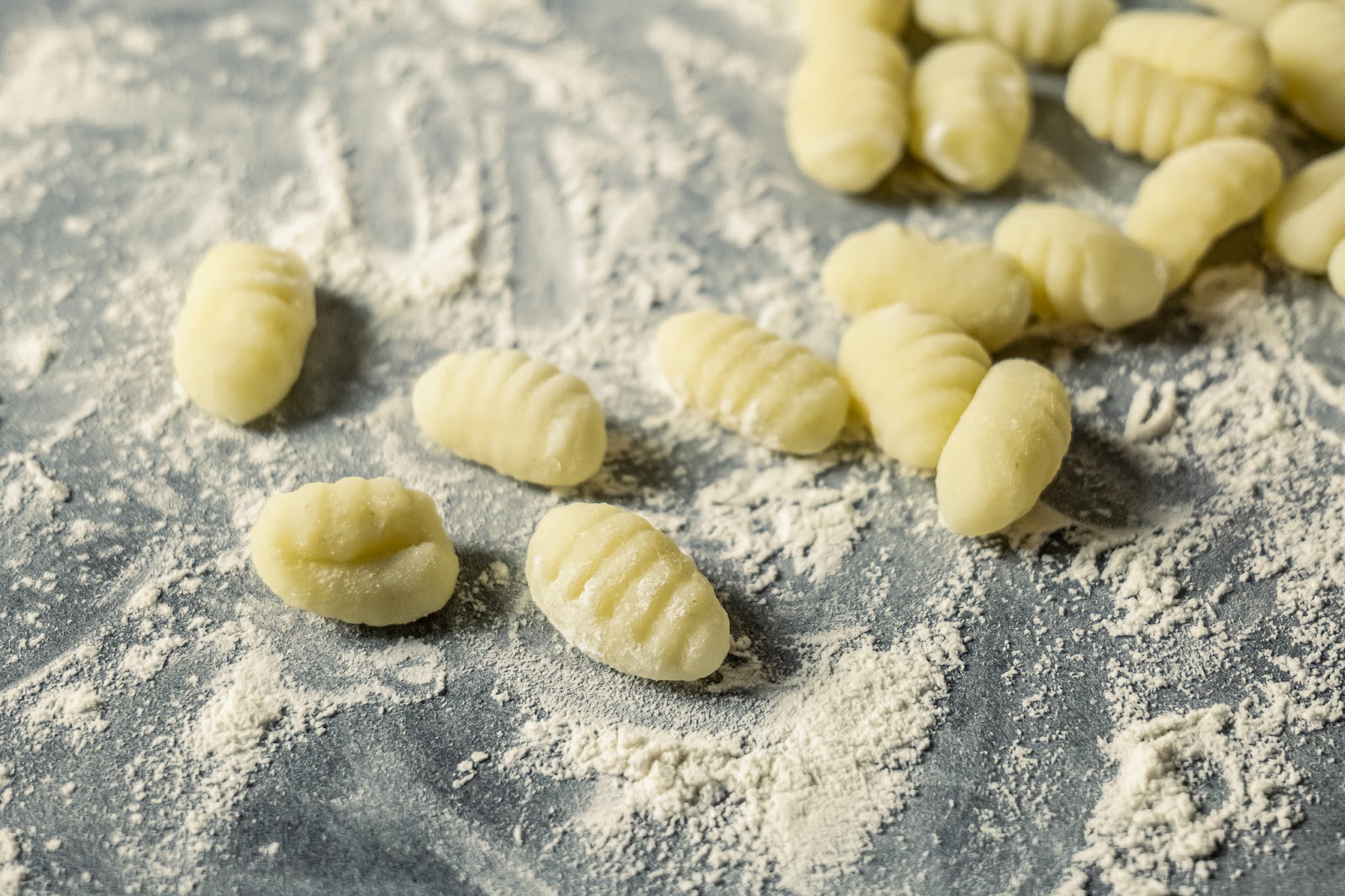
Gnocchi:
Small, potato-based dumplings that can be used as a substitute for pasta in soups or as a side dish. It pairs well with rich sauces, including tomato and basil sauce and browned butter sage sauce. Try out Gnocchi with Crispy Brussels and Pancetta recipe for a delicious meal.
Brown Rice Pasta:
Made from brown rice flour, brown rice pasta has a mild, nutty flavor and a firm texture that works well with sauces. It's also high in fiber, making it a healthy alternative to traditional pasta.
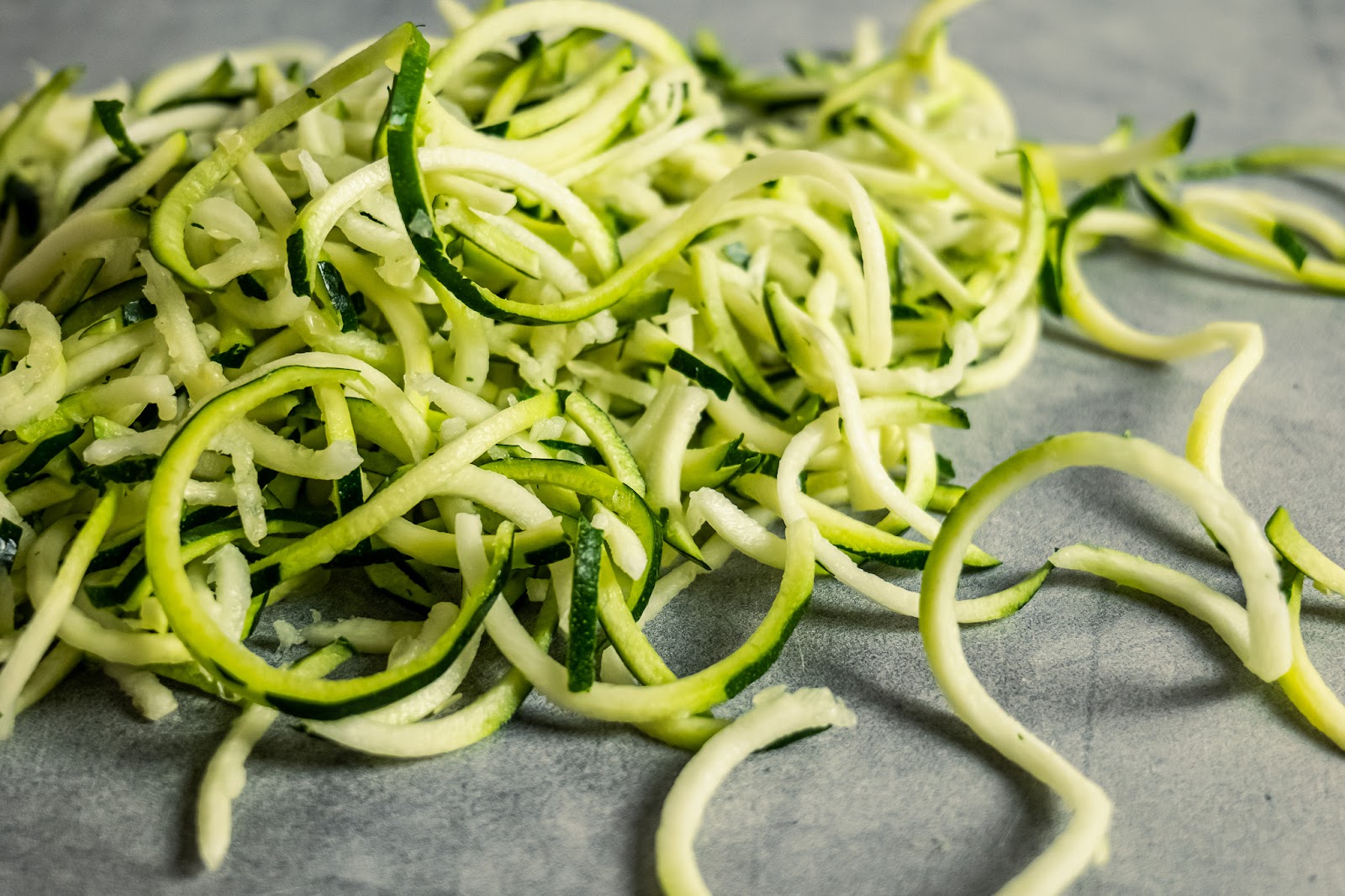
Zucchini noodles
Also known as "zoodles," zucchini noodles are a great low-carb and gluten-free alternative to pasta. They can be made using a spiralizer or a mandoline and are great for serving with light sauces or in salads. Try out our Low Carb Beef Lo Mein recipe that features zucchini noodles!
Shirataki noodles
Made from the root of the konjac plant, shirataki noodles have a chewy texture and are calorie-free. They can be found in many health food stores and are an excellent alternative for those looking to reduce their calorie and carbohydrate intake.
Quinoa Pasta:
Made from quinoa mixed with corn and rice, this pasta has a nutty flavor and grainy texture. It is a potent source of protein and can be included in salads and stews.

Chickpea pasta
Made from chickpea flour, this gluten-free pasta is a potent source of protein and fiber and is an excellent option for those with gluten sensitivities. It has a nutty flavor and a chewy texture that works well with both light and hearty sauces.
Soba:
Thin buckwheat noodles that are also commonly used in Asian dishes and soups. Contrary to its main ingredient, buckwheat, these noodles are traditionally made gluten-free, however some varieties are made with wheat flour, so it's important to check the nutrition label. It is also low in calories and has a grainy texture.
Storing and Shelf Life of Pasta
Dry pasta can be stored on the shelf for up to two years in a cool, dry place and in an airtight container. However, it's recommended to use dried pasta within one year for the best quality.
Cooked pasta can be stored in the refrigerator for up to 5 days. Here's what you should do to store it properly:
Cool the pasta:
It is important to allow cooked pasta to cool to room temperature before storing it. In this way, bacteria won't grow on the pasta and it will stay fresh longer.
Place the pasta in an airtight container:
Transfer the cooled pasta to a sealable plastic container or resealable plastic bag. This will help prevent any odors or flavors from mixing with the pasta and keep it fresh for longer.
Label and date the container:
Label the container with the date the pasta was cooked, and place it in the refrigerator.
When you're ready to eat the stored pasta, reheat it in the microwave or on the stove until it's hot. Avoid reheating the pasta more than once, as this can reduce its quality and flavor.
Pasta-lavista!
There are numerous types of pasta to choose from, each offering a unique flavor, texture, and nutritional profile. Whether you prefer traditional dried pasta, fresh pasta, or gluten-free options, there's a type of pasta that's perfect for every taste and dietary preference.
The versatility of pasta shines through in our Light Sausage and Fennel Paccheri recipe, which showcases tube-shaped paccheri pasta. With its ability to hold rich and flavorful sauces, paccheri is the perfect pasta for this dish featuring juicy sausage and fennel's delicate anise flavor.
Whether you're a fan of classic pasta dishes like spaghetti and meatballs or cacio e pepe, or love to experiment with new flavors, there's a type of pasta that's perfect for you. So why not give our sausage and fennel paccheri recipe a try and discover the endless possibilities that pasta has to offer?
